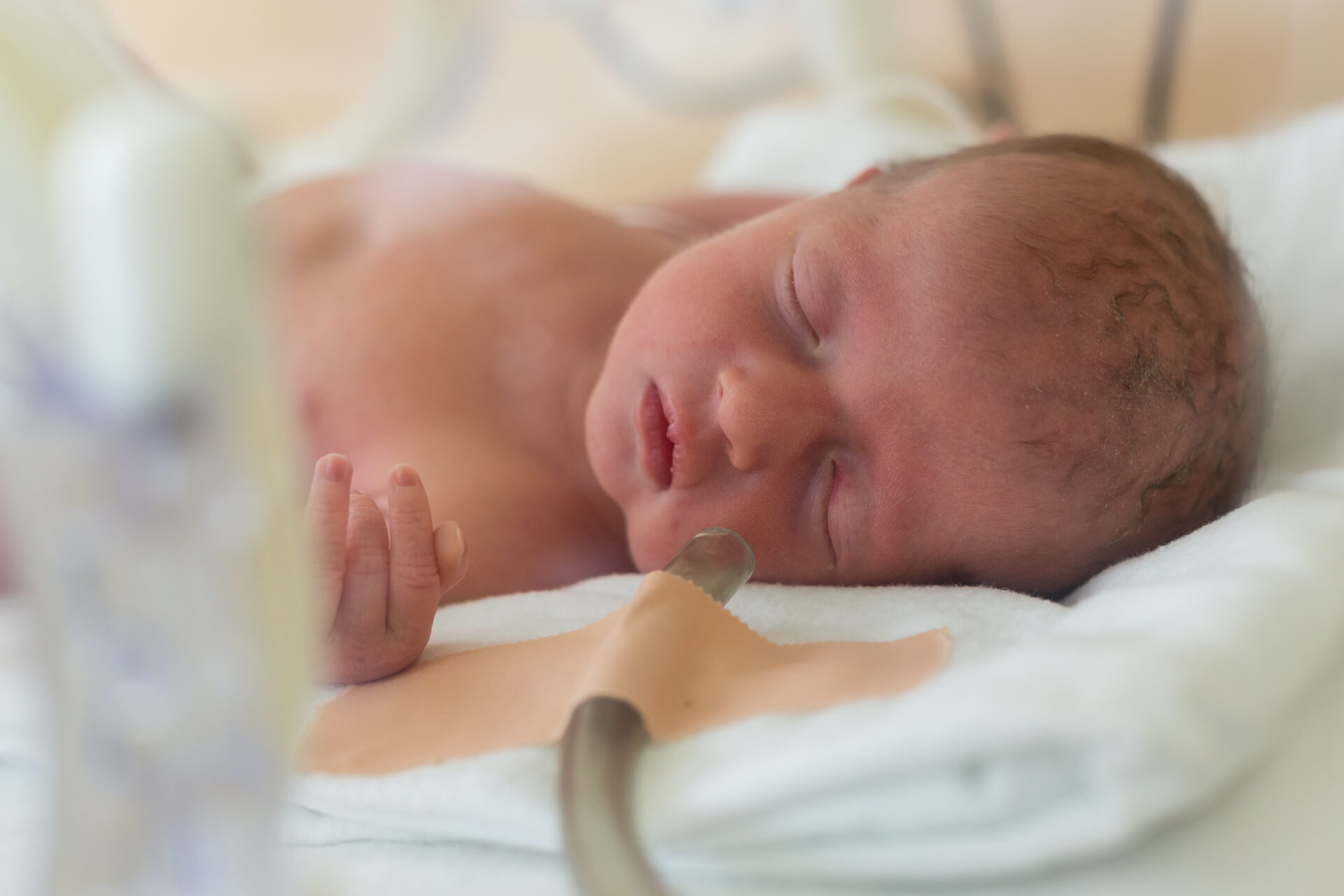Project Magnetic Resonance for GABA
In Preterm Brain and Cerebellum
In Vivo Quantification of Gamma-Aminobutyric Acid in the Developing Brain
Each year, 500,000 U.S. infants are born premature or younger than 37 weeks gestation. Premature birth is a growing public health concern, largely due to these infants’ heightened risk of experiencing brain injury and developing lifelong complications. The neurotransmitter gamma-aminobutyric acid (GABA) is pivotal to fetal and newborn brain development and influences the evolution of brain injury and repair following preterm birth. Project MAGIC uses novel magnetic resonance spectroscopy to measure GABA concentrations in the developing brains of small preterm infants.
Contact us to join the MAGIC study

Purpose
Project MAGIC, a prospective pilot cohort study of 100 infants born very preterm, seeks to explore how brain development is affected by preterm birth and how different clinical events influence brain injury. With advanced tools of brain monitoring, we want to understand the optimal environment for the baby’s brain to develop outside the mother’s womb.

A more complete understanding of the diagnostic and prognostic importance of GABA could help direct treatment strategies for vulnerable preterm infants at risk of brain injury
FAQ
Premature infants:
- Of both sexes
- Of all ethnic backgrounds
- Aged ≤35 gestational weeks and 6 days at birth
Publications
Basu SK, Pradhan S, Jacobs MB, Said M, Kapse K, Murnick J, Whitehead M, Chang T, du Plessis A, Limperopoulos C.
Age and sex influence gamma-aminobutyric acid concentrations in the developing brain of very premature infants.
Scientific Reports. 2020;10(1):10549. Published June 29 2020. doi:10.1038/s41598-020-67188-y
https://pubmed.ncbi.nlm.nih.gov/32601466/